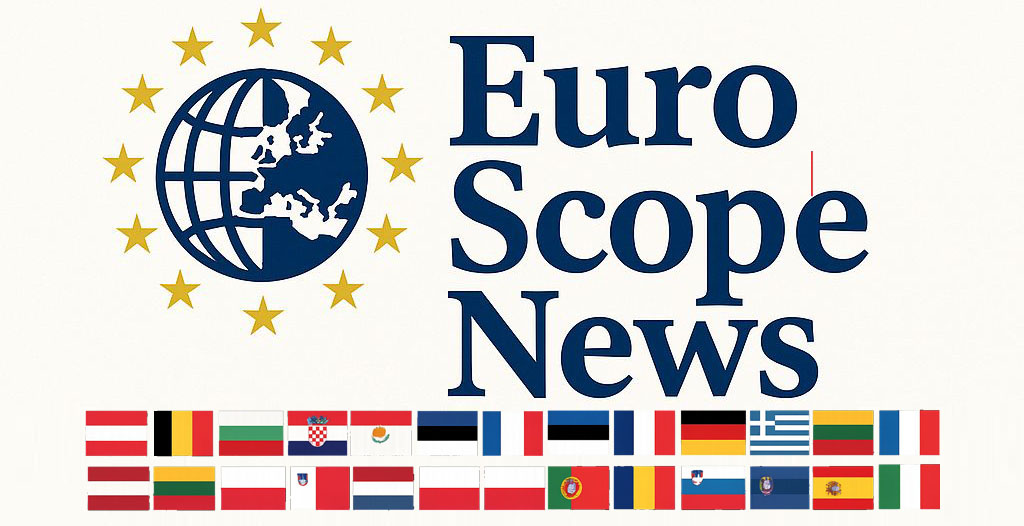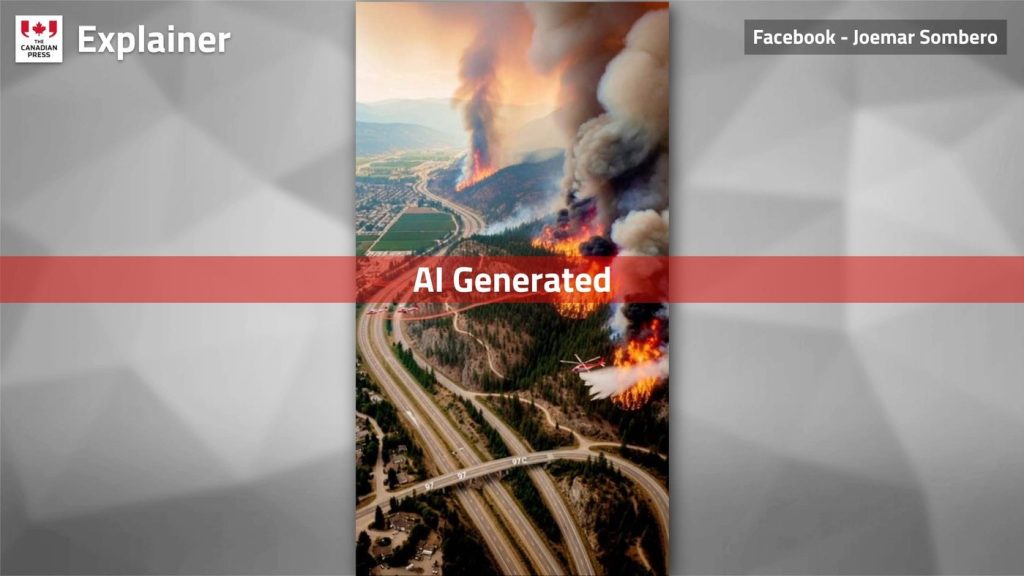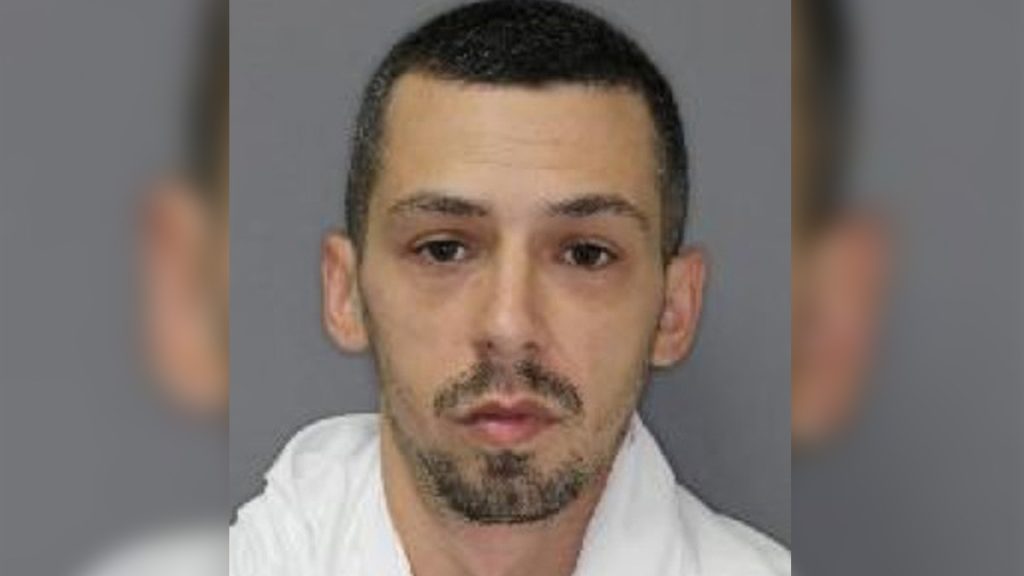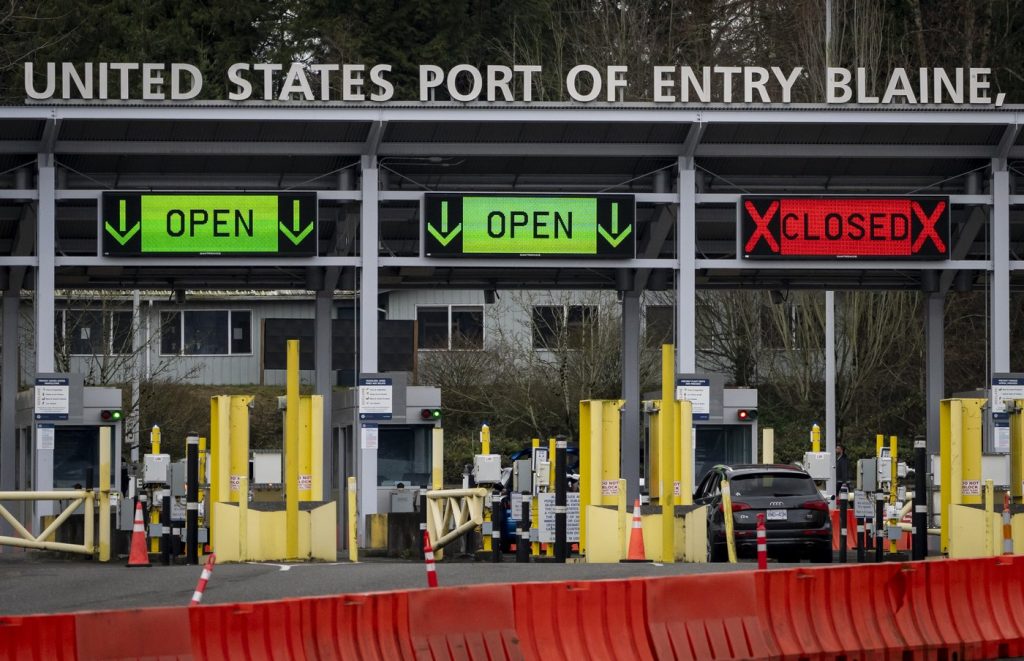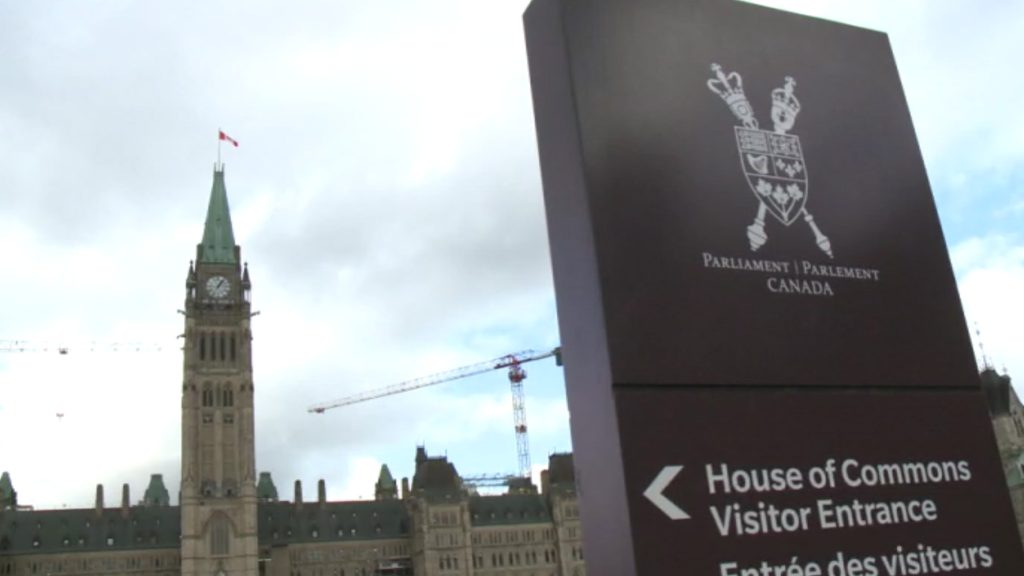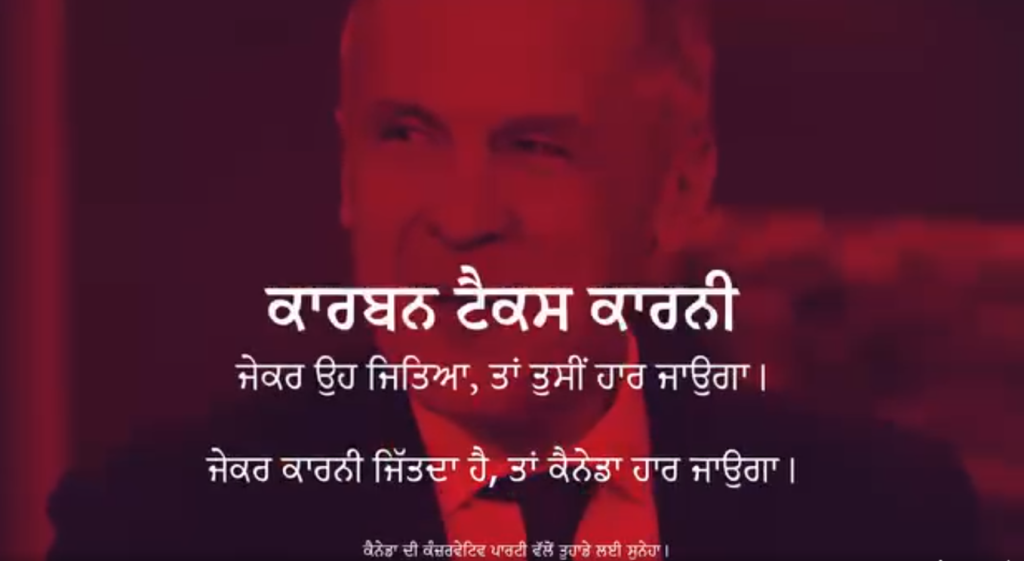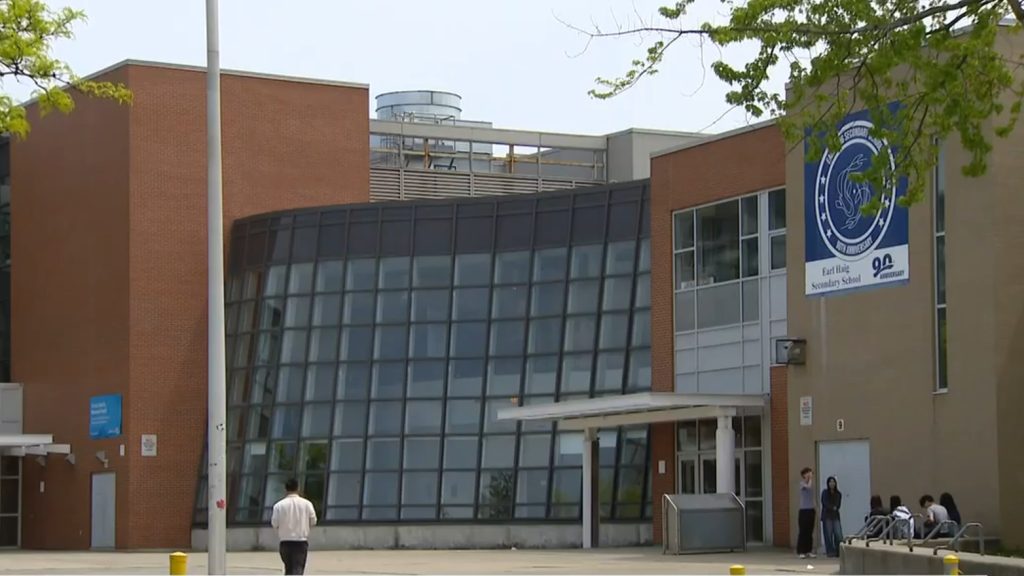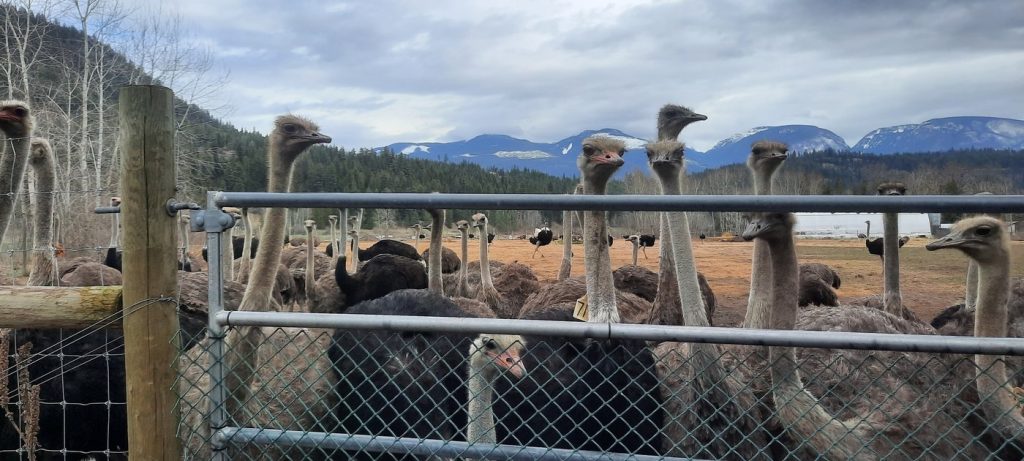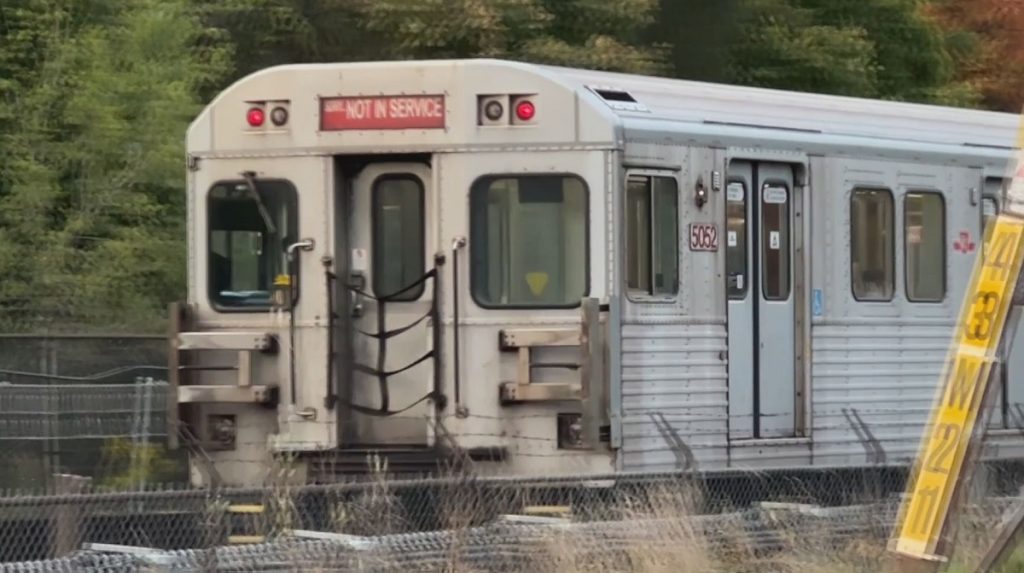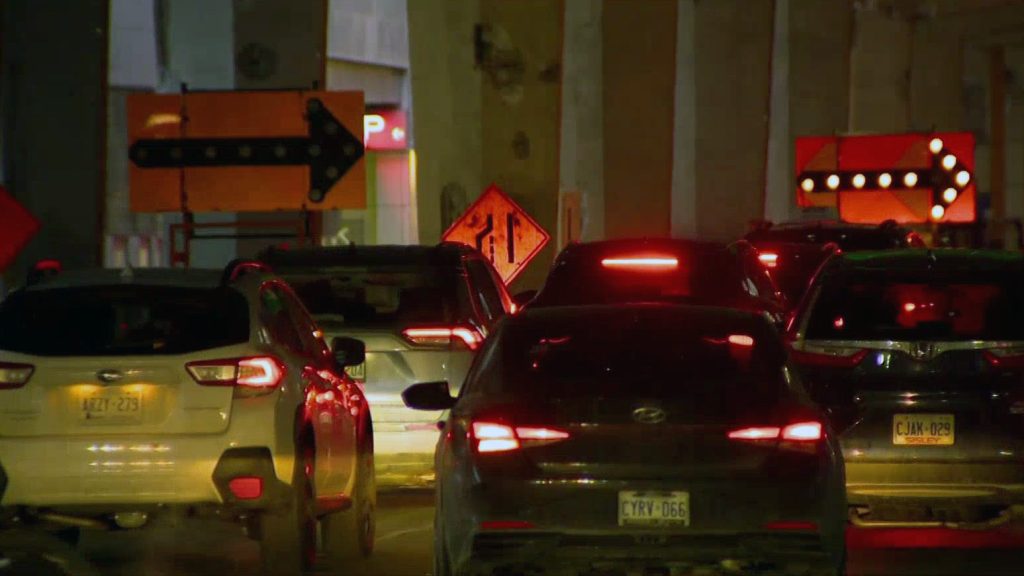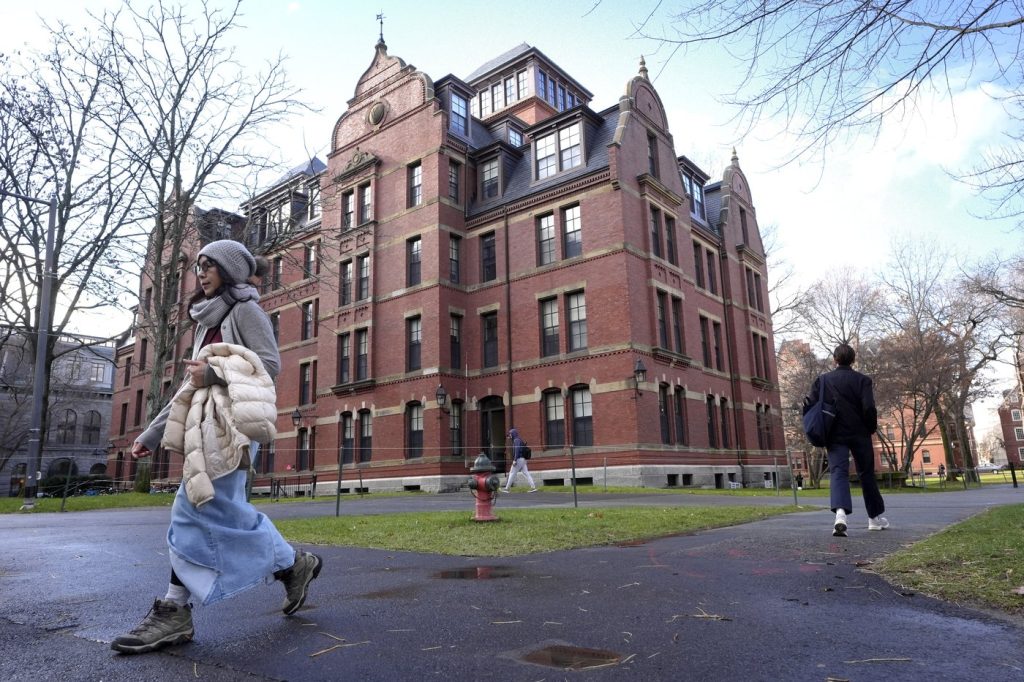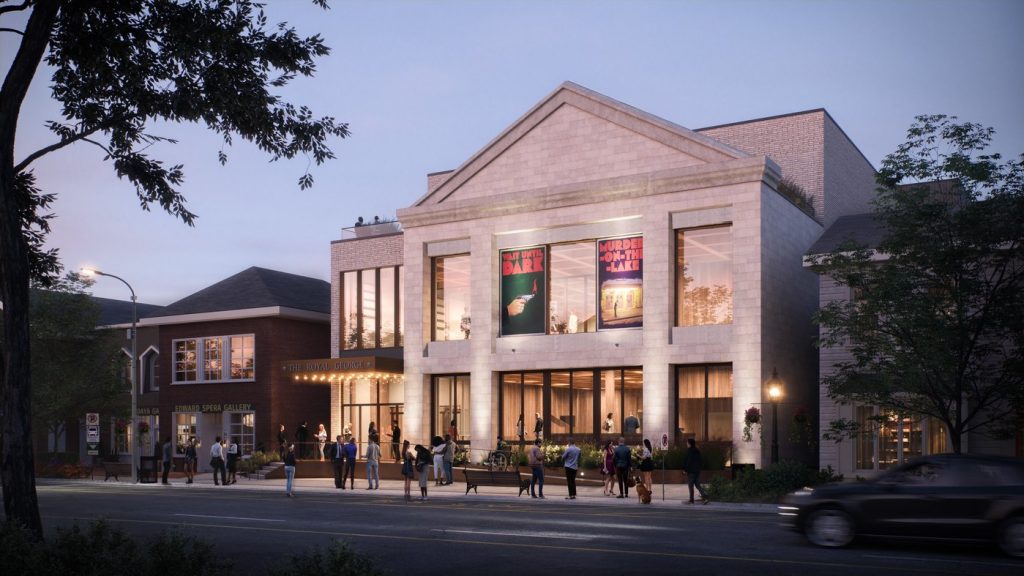This week, the BC Wildfire Service reported an incident where two aerial images of wildfires, featuring aircraft battling the flames, were shared on Facebook. The service described these images as dramatic and compelling but later informed the public that they were entirely fake. This incident highlights a growing issue where misinformation and AI-generated images proliferate during times of disaster.
The BC Wildfire Service stated, “Whether well-intentioned or intentionally misleading, misinformation is the last thing any of us need during emergencies.” As the availability of online tools to create AI-generated images increases, it's crucial for the public to be vigilant about what they see during emergencies.
CONSIDER THE CONTENT
When evaluating the authenticity of an image, it's essential to consider whether the depicted events could realistically occur. Freelance photojournalists Jesse Winter and Amber Bracken, known for their coverage of wildfires in British Columbia (B.C.), noted several inconsistencies that indicated the shared images were not genuine. For instance, aerial photographs of wildfires being uncontrolled would typically require either direct authorization from fire services or coverage by a journalist embedded with a crew, both of which would not be common for individual snapshots.
According to the wildfire service, the images did not accurately portray the terrain, fire size, or fire behavior characteristic of the actual wildfires. A specific fire, the Drought Hill fire near Peachland, B.C., had shown significant improvement before the misleading images were posted, which increased skepticism about the validity of the visuals.
Jesse Winter pointed out that the fire behavior depicted in the images appeared unrealistic, stating that such extreme fire behavior is highly unlikely considering the usual conditions faced during a wildfire.
LOOK FOR INCONSISTENCIES
AI-generated images often possess a surreal, almost painterly quality that distinguishes them from legitimate photographs. Fenwick McKelvey, an associate professor at Concordia University, emphasized that AI images can exhibit logical errors, such as improper lighting or distorted features, making them look artificially crafted. One of the helicopters rendered in the images looked unfamiliar to Winter, who noted that its blades were misaligned, suggesting it was a product of artificial generation.
Furthermore, text in AI-generated images tends to be blurry or nonsensical. For instance, Bracken observed highway numbers like “97” and “97C” that were not realistically applied to the roadways in the images. Such attributes could only be achieved through Photoshop or similar tools, reinforcing doubts about the images' authenticity.
CONSIDER THE SOURCE
Social media users who create content with AI often disclose this in their bios. In the case of the wildfire images, the Facebook account that initially posted them identified itself as sharing “AI art.” After comments highlighted the inaccuracy of the images, a disclaimer was added to one of the posts, but the other image remained without such clarification. This account frequently disseminates content related to natural disasters, including both real and fabricated images.
McKelvey pointed out that people often share information that aligns with their existing beliefs, which serves as an indicator of the image's authenticity. To verify sources, a reverse image search can help locate where the image first appeared, revealing its origin and context.
It’s important to also look for watermarks and examine captions closely. If the origin of an image is unclear, it should be approached with skepticism.
SEEK RELIABLE SOURCES
As AI continues to evolve at an accelerated pace, both McKelvey and Winter noted that strategies for discerning real from fake images may quickly become outdated. This underscores the need for access to trustworthy sources during emergencies. Traditional media organizations maintain strict guidelines against presenting AI-generated visuals as authentic.
To assess the credibility of dramatic images during significant news events, the public should consult reliable news sources for verification. The BC Wildfire Service urged individuals to turn to trusted channels for updates, including their app, the emergency alert system, and credible news organizations, stating, “The best time to identify your own trusted sources is before you need them.”
